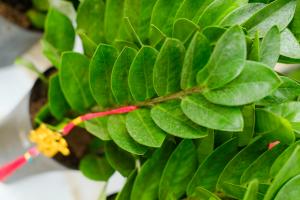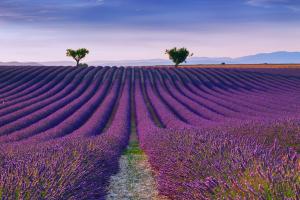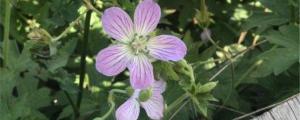What is a Water-Weed Plant?
Water-weed plants are aquatic plants that grow in water and are a key part of the aquatic ecosystem. These plants create a natural habitat for fish, insects, and other aquatic organisms, helping to maintain the balance of the ecosystem.
The Types of Water-Weed Plants
There are many different types of water-weed plants, including submergent, emergent, and floating varieties. Submergent plants grow completely underwater, while emergent plants grow partially submerged with stems and leaves that stand above the waterline. Floating plants are entirely free-floating on the water's surface.
Some common types of water-weed plants include pondweed, hornwort, water lilies, and duckweed. Each type of water-weed plant provides different benefits to the ecosystem, from oxygen production for aquatic organisms to serving as a food source for wildlife.
The Importance of Water-Weed Plants in the Ecosystem
Water-weed plants play a crucial role in the aquatic ecosystem. They help to filter the water by removing pollutants and excess nutrients. Through photosynthesis, they also produce oxygen, which is crucial for aquatic organisms to survive.
Water-weed plants also provide an important food source for aquatic organisms such as fish and insects. They also offer shelter for many aquatic species such as tadpoles, frogs, and snails. Without water-weed plants, the ecosystem would be imbalanced, disrupting the food chain and potentially causing harm to aquatic life.
The Benefits of Using Water-Weed Plants in Landscaping
Water-weed plants are also commonly used in landscaping and artificial ponds. These plants offer a natural look and feel to any water feature, and they can help to reduce algae growth and maintain a healthy balance of nutrients in the water.
Using water-weed plants in landscaping also offers benefits for the surrounding environment. They can help to reduce soil erosion and runoff, and provide a habitat for insects, birds, and other wildlife. Additionally, they can improve air quality by producing oxygen and absorbing carbon dioxide.
The Drawbacks of Water-Weed Plants
Despite their many benefits, water-weed plants can also have drawbacks. Invasive species of water-weed plants can grow rapidly and dominate the ecosystem, disrupting the natural balance and harming native species.
Additionally, water-weed plants can clog waterways, making it difficult for boats and other watercraft to navigate. They can also reduce water flow and cause flooding in some areas.
Conclusion
Water-weed plants are an essential part of the aquatic ecosystem, providing benefits for both aquatic life and environmental landscaping. While there are some drawbacks to consider, these plants are crucial for maintaining a healthy balance and ensuring the sustainability of our ecosystem.

 how many times do yo...
how many times do yo... how many planted tre...
how many planted tre... how many pine trees ...
how many pine trees ... how many pecan trees...
how many pecan trees... how many plants comp...
how many plants comp... how many plants can ...
how many plants can ... how many plants and ...
how many plants and ... how many pepper plan...
how many pepper plan...

































